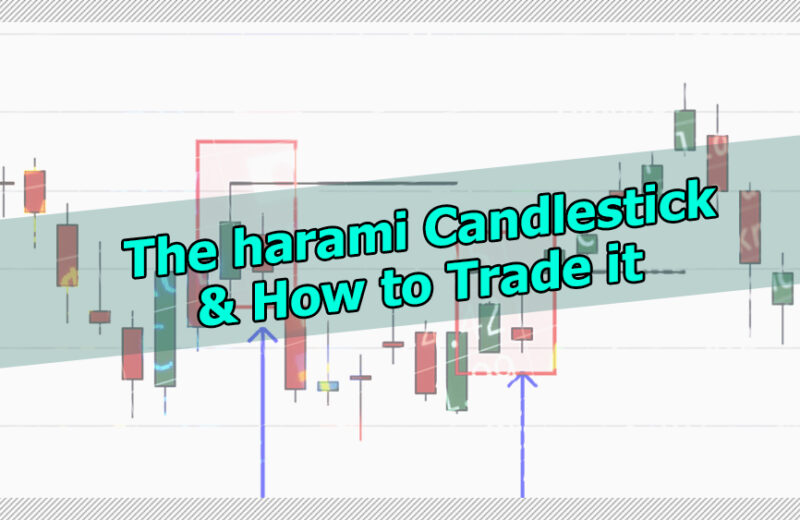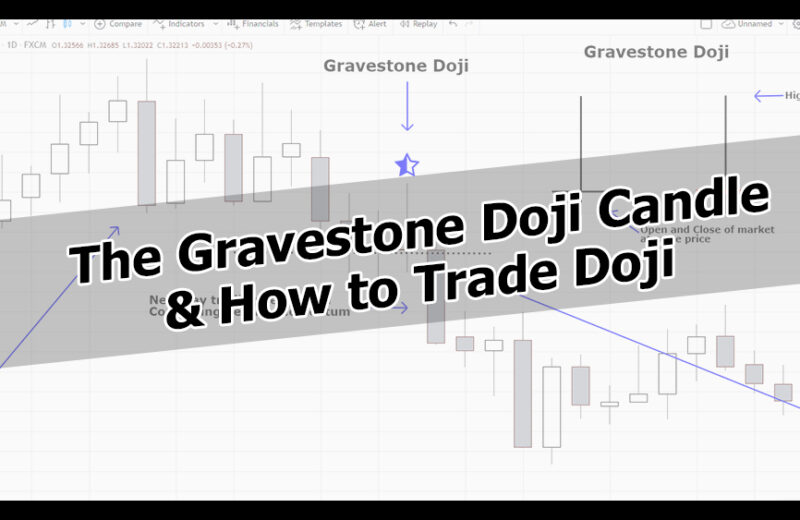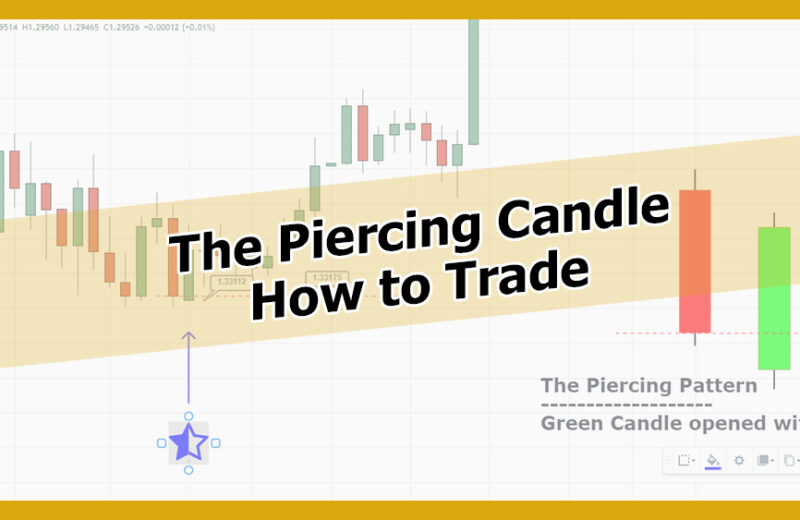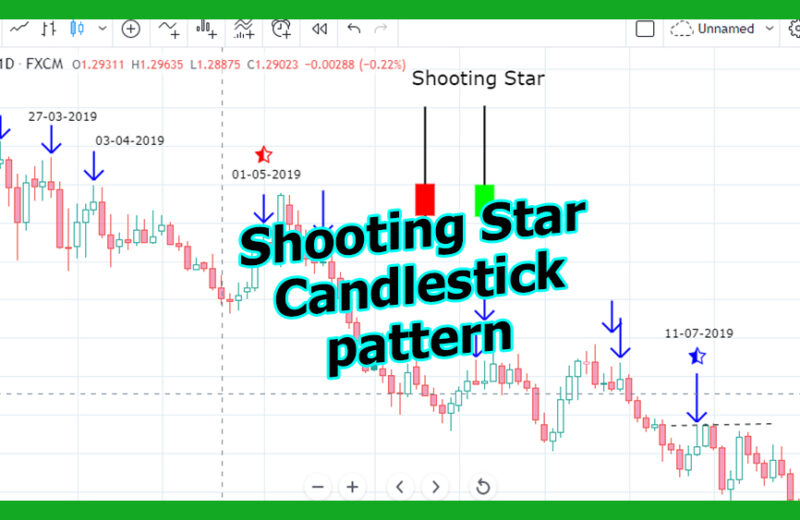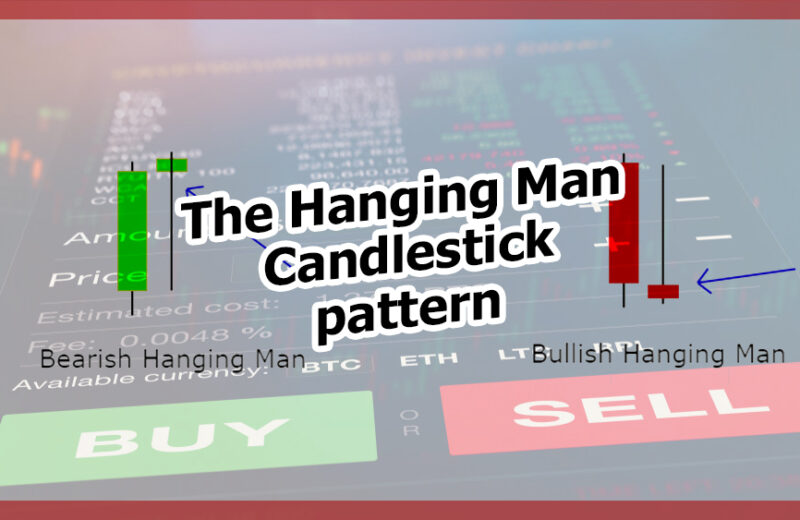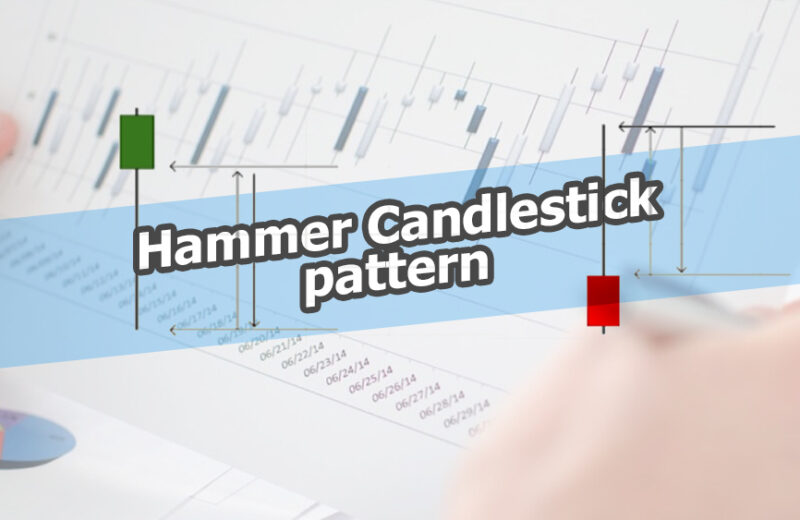What is compounding?
Compounding is a process of reinvesting the capital gains or interest of an asset to generate additional income over time. Financial firms accrued interests based on different schemes. Some provide annual, biannually, quarterly, monthly, or even daily interest. Compounding can increase your asset/investment value exponentially with the passage of time.
What is compound interest?
Compound interest is an earning that you gain over time based upon your investment. Let’s understand this with the help of an example.
Let’s say you invested £1000 for 3 years and the bank has agreed to pay an annual compound interest rate of 3%. Now you would be interested to know, what would be the future value of your £1000 (principle amount) with a compound interest of 3%. So the compound interest rate formula is very simple
FV = PV (1 +i)n
FV = Future Value
PV = Principal Amount
i = Interest rate in percentage
n = time/period
According to above example, if we fill the numbers in respective attributes, we will get the Future Value (FV);
FV = We want to calculate
PV = 1000
i = 3% = 0.03
n = 3
FV = 1092.73
Compounding Calculator Yearly in Trading
What is the difference between simple interest vs compound interest
In compound interest, the interest is calculated on the previous year’s principal amount + the previous year’s interest together. However, in a simple interest formula, the interest is always calculated on the principal amount only. Let’s understand with the help of examples.
let’s calculate the Compound Interest on year on year bases with the following example.
First Year : 1000 X 3% = 1030
Second Year: 1030 X 3% = 1060.90
Third Year: 1060.90 X 3% = 1092.73
As you noticed, each year the principal amount has gained interest and the next year’s interest will be calculated on (previous year’s principal amount + previous year’s interest amount). so the net effect would be continuous compounding till the maturity date.
In simple interest rate calculation formula the calculations will look like as below;
First Year : 1000 X 3% = 30
Second Year: 1000 X 3% = 30
Third Year: 1000 X 3% = 30
in a simple interest, the interest is always calculated on principle amount resulting £90 over the period of 3 years. This is less then the compound interest amount which is 92.73.
Compounding Trading Returns Calculator
What is Compound Annual Growth Rate?
Compound Annual Growth Rate or CAGR is the percentage value by which the asset is growing annually. To understand it properly, let’s take an example.
Annual Growth Rate Example
let’s say you have portfolio of investment that start with £50,000 and which you grow to £100,000 over the period of 3 years. Sounds great! the portfolio is gaining good results. Now if we want to find out the annual growth rate in terms of percentage then the formula is very simple.
All we need to do is to find out the value of “ i “ from this formula FV = PV (1 +i)n
i = [(FV/PV)root 1/n] – 1
So the value would be 25.99% per year.
Annual growth rate is key KPI for any investment or portfolio manager. Their performance measurement base on the growth rate. Let’s say if the market has grown 10% per year and a portfolio manager create 8% growth in portfolio. This means the portfolio manager has under performed. If the manager has created growth over 10%, this means the manager has outperformed market.
Compound Interest is good or bad?
No doubt why Mr. Albert Einstein called it the eighth wonder! as the magic or miracle, it can bring as a result. Compounding is great as investment return but there are scenarios where the compound interest can hurt consumers and this is in a borrowing/lending market. Usually, the interest rates are high in credit lending and if the compounded effect is added, it becomes very difficult to pay off debt as it accumulates more with the passage of time.



